EVOKING PLACE: FIFTY YEARS OF LANDSCAPES FROM THE ART MUSEUM OF THE AMERICAS
/EVOKING PLACE:
FIFTY YEARS OF LANDSCAPES FROM THE ART MUSEUM OF THE AMERICAS
Gillespie Gallery
April 10 - 29, 2017
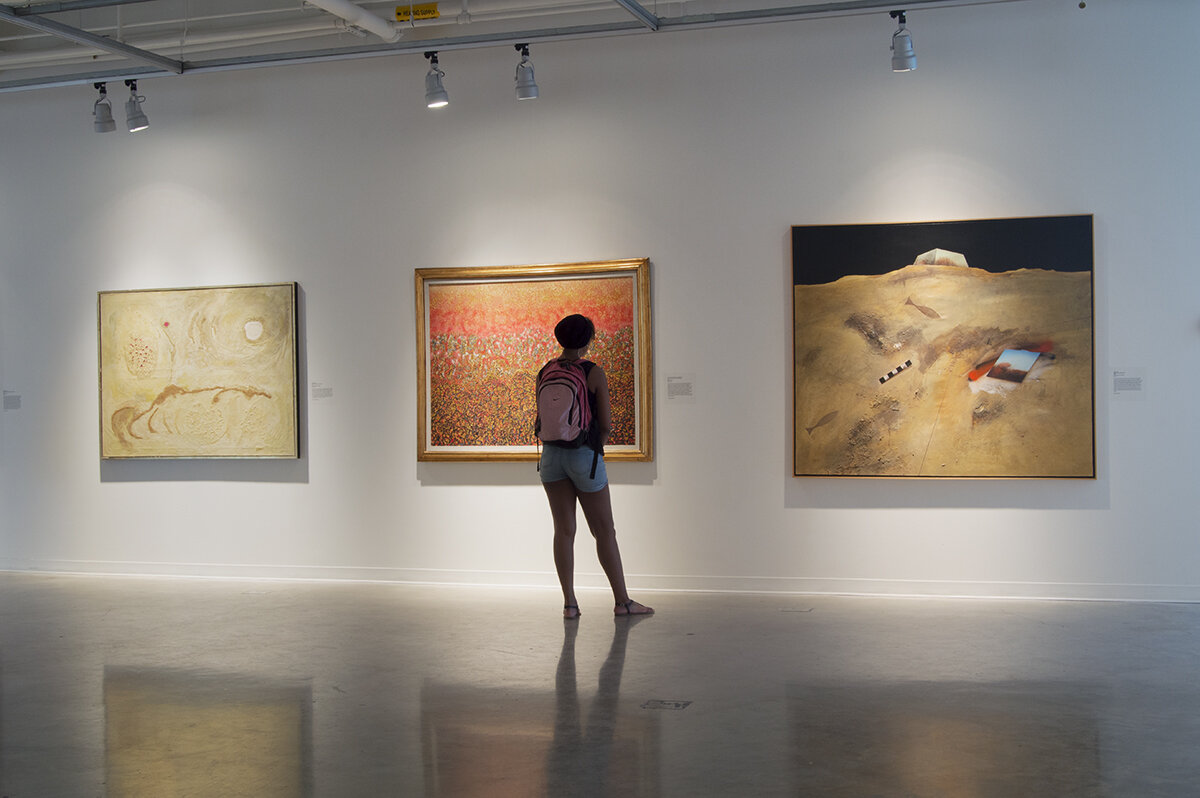
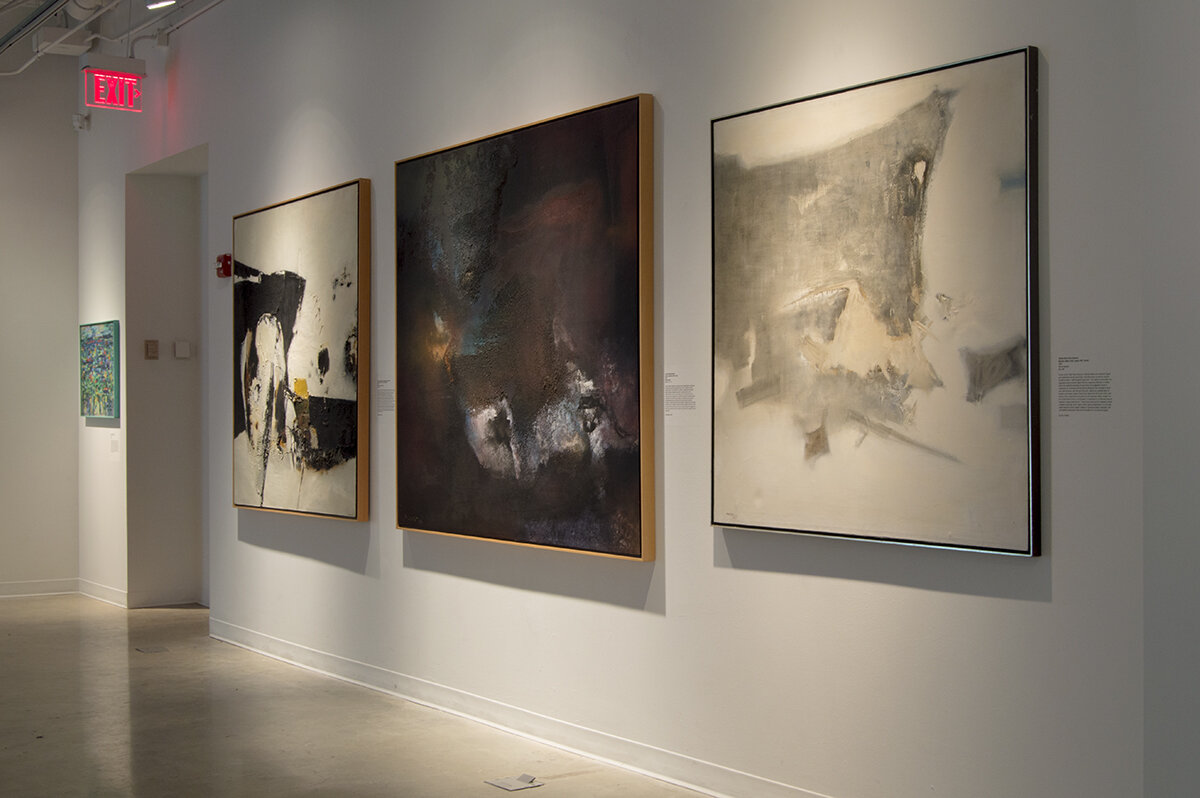
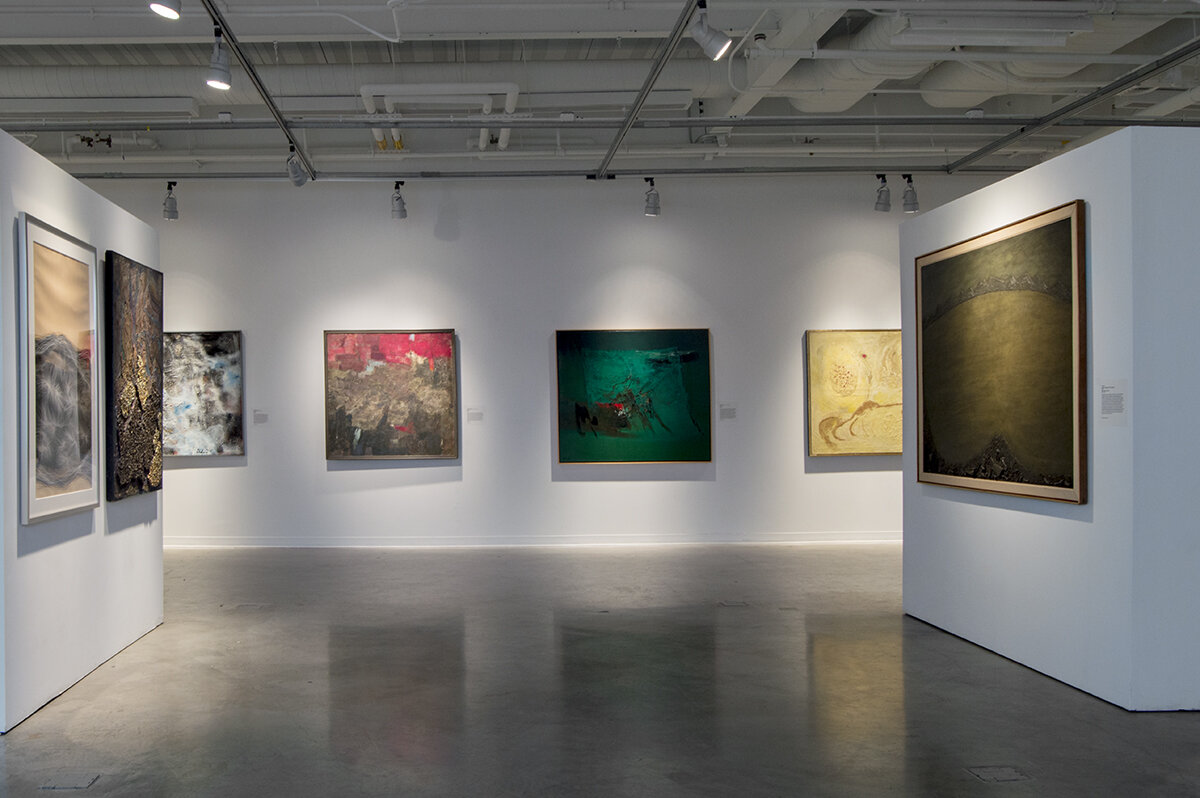
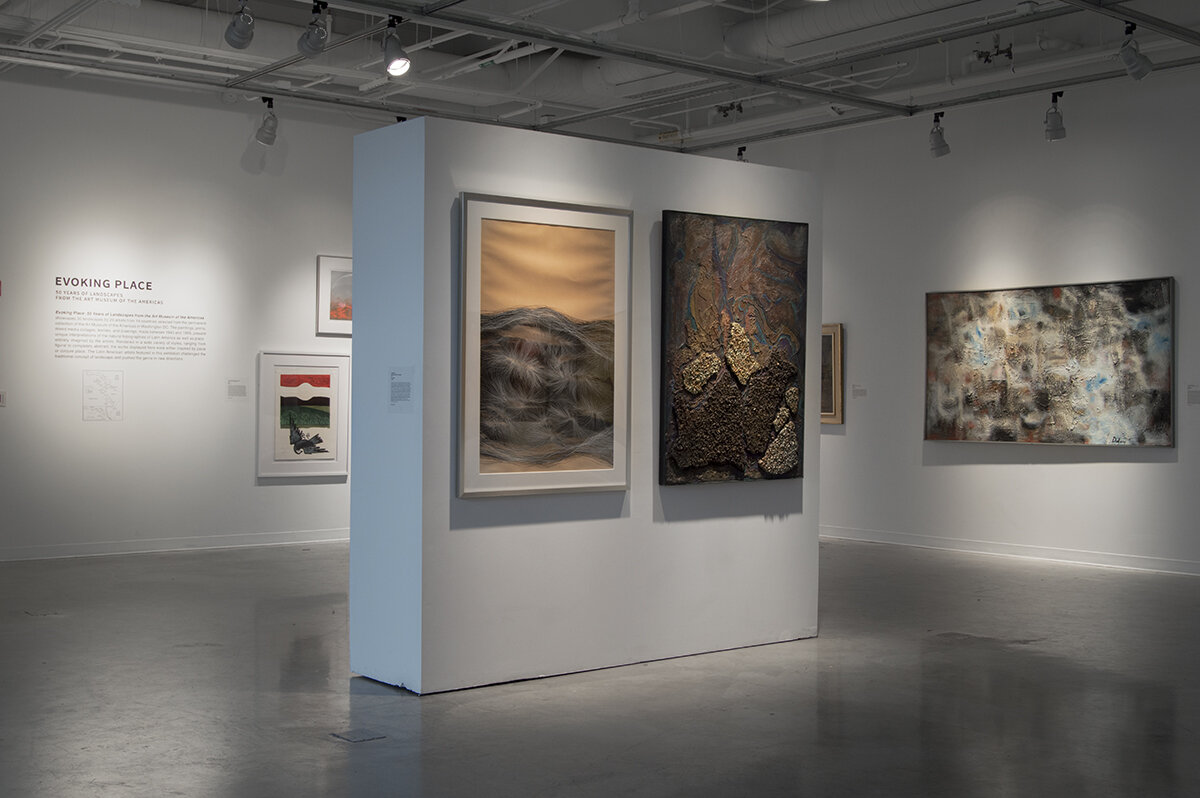
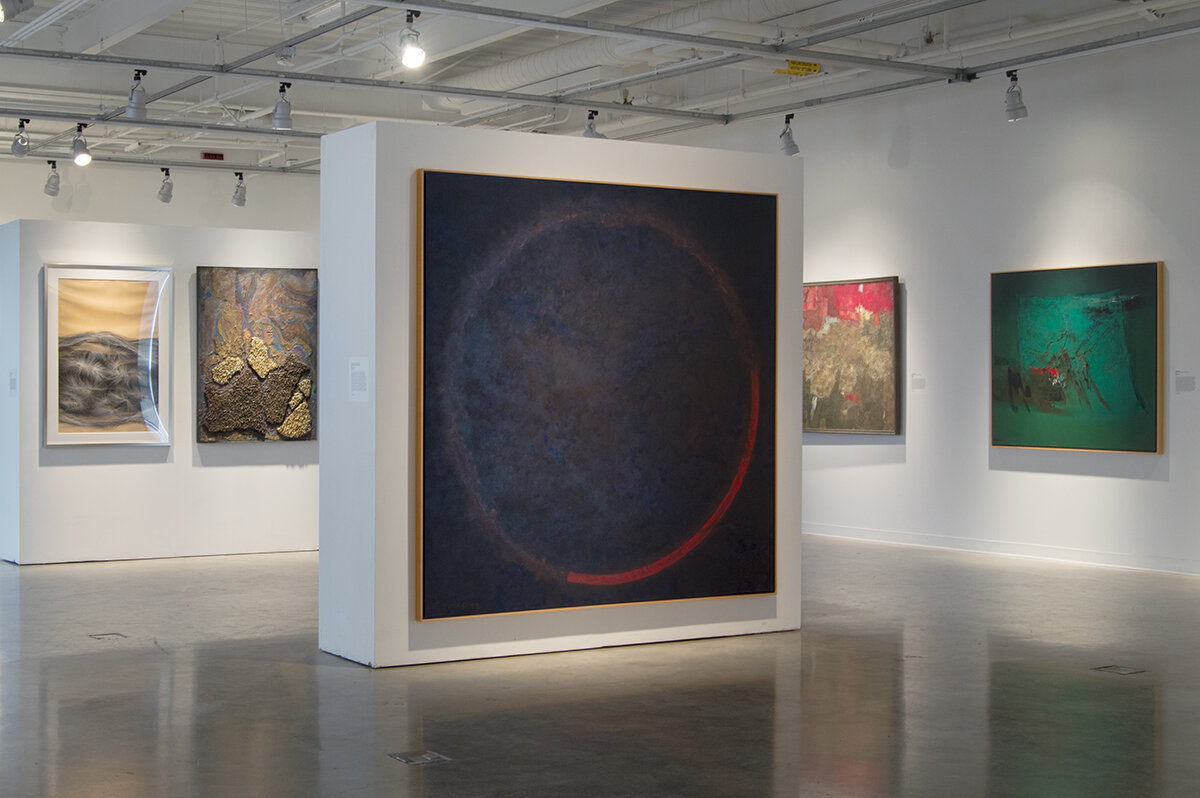
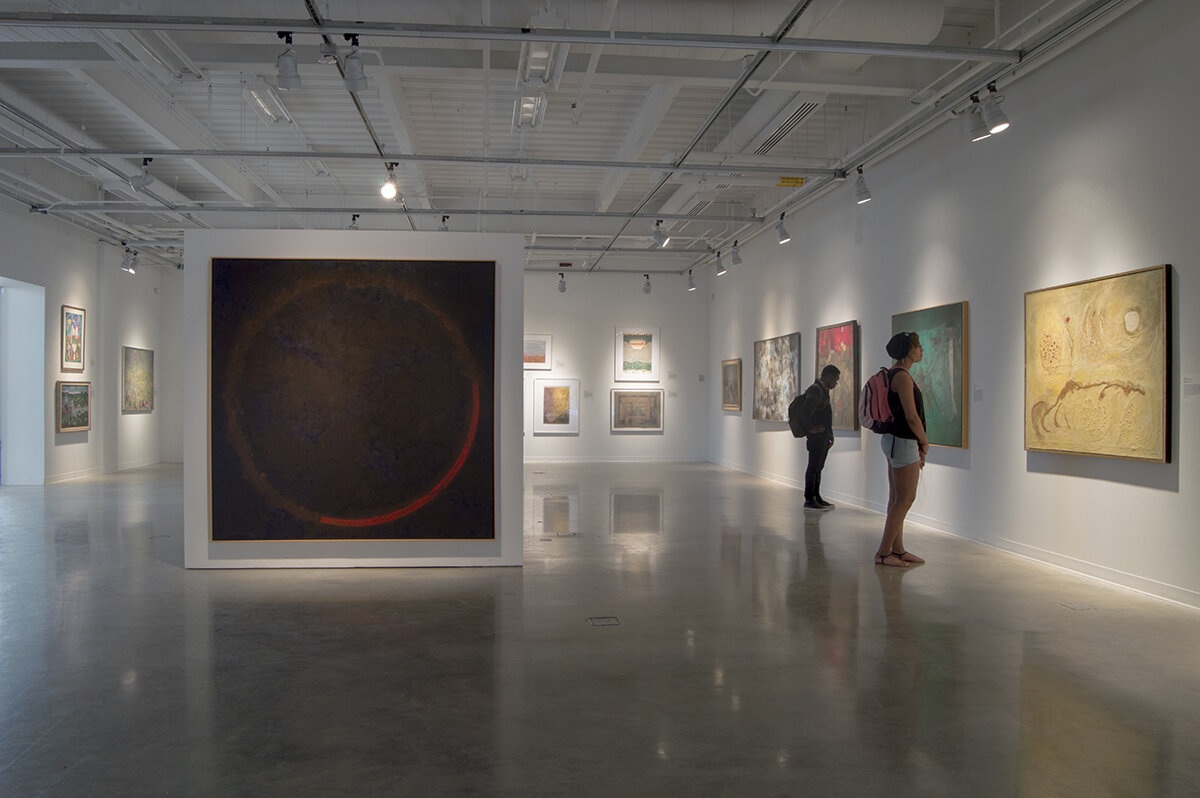
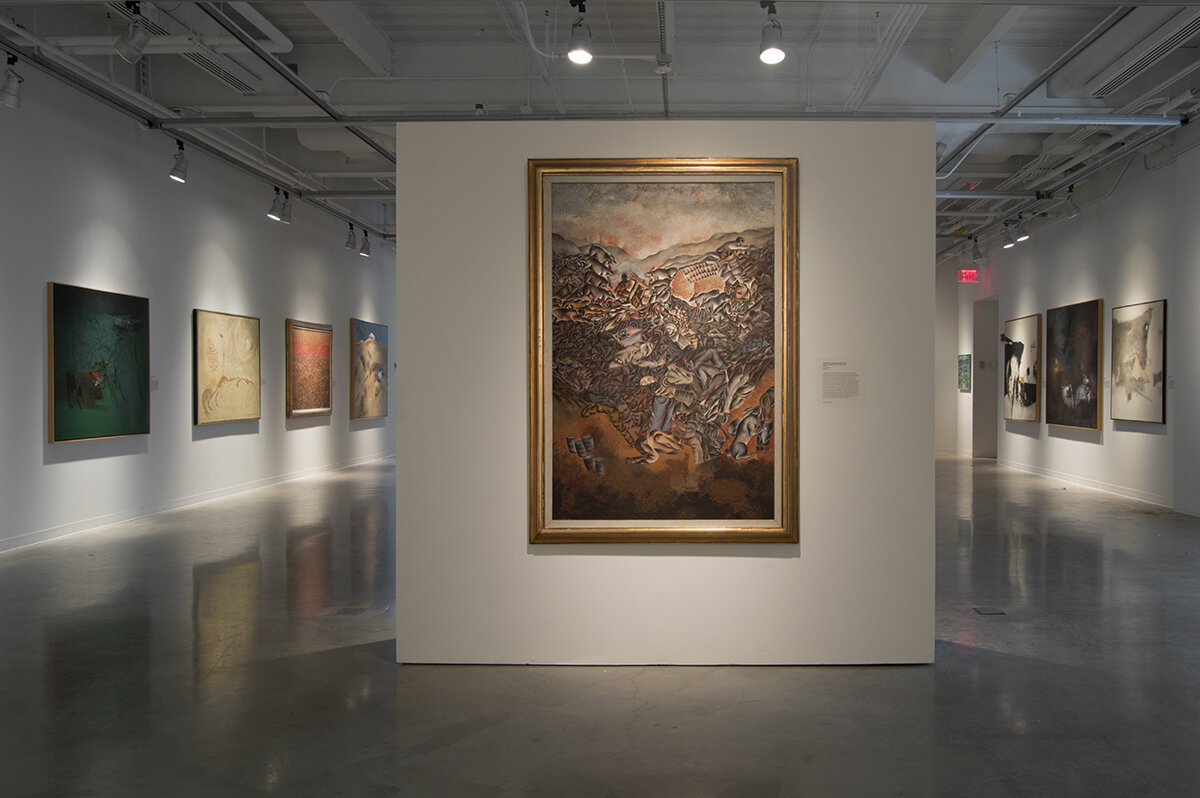
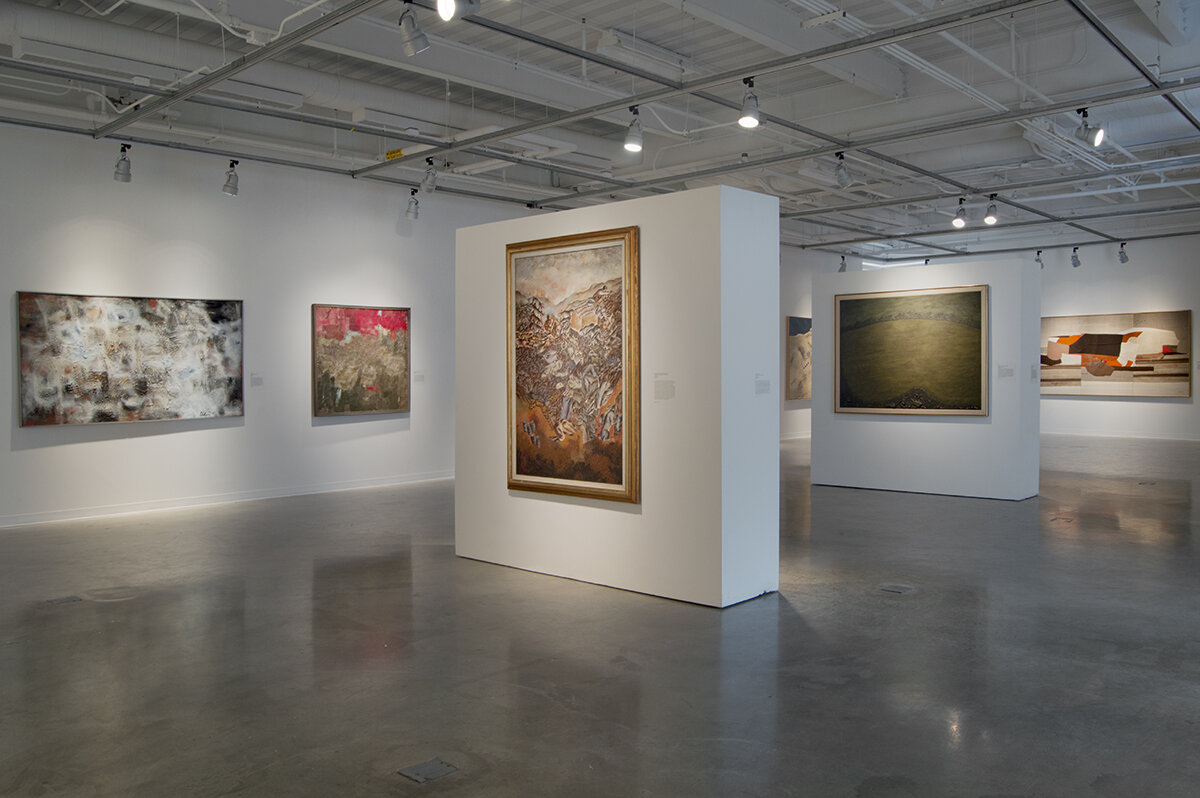
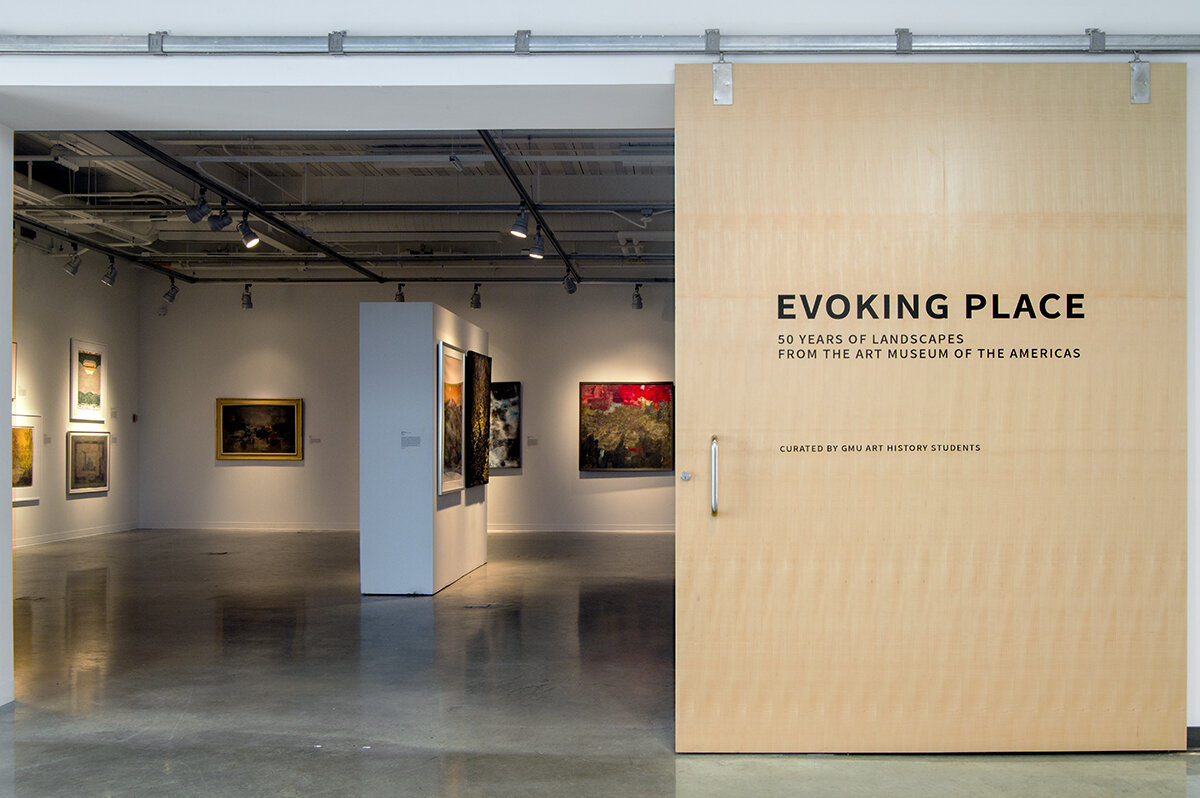
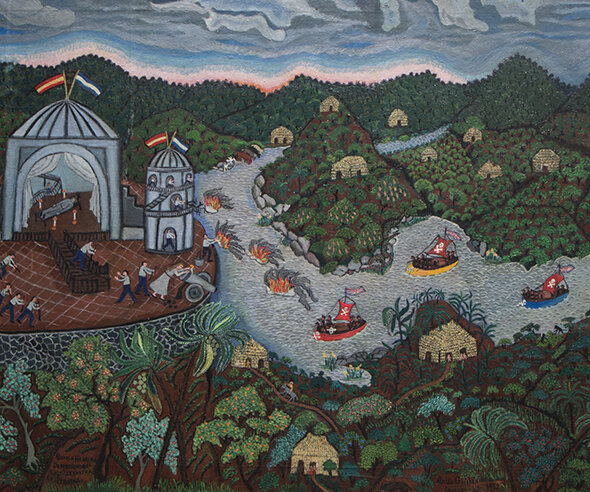
About the Exhibition
Evoking Place: Fifty Years of Landscapes from the Art Museum of the Americas showcases 30 landscapes by 29 artists from 14 countries selected from the permanent collection of the Art Museum of the Americas in Washington DC. The paintings, prints, mixed media collages, textiles, and drawings, made between 1945 and 1995, present unique interpretations of the natural topographies of Latin America as well as places entirely imagined by the artists. Rendered in a wide variety of styles, ranging from figural to completely abstract, the works displayed here were either inspired by place or conjure place. The Latin American artists featured in this exhibition challenged the traditional concept of landscape and pushed the genre in new directions.
The term landscape, when used as an artistic classification, refers to a composition in which the artist organizes the topographical features of the land into a composite whole according to the spatial limitations of the frame. Images of local geography may symbolize national or cultural identity because they evoke memories, nostalgia, pride, or reference a common heritage tied to the land; whereas generalized allusions to natural scenery may signal a more universal vision or an imagined place beyond this earth altogether, such as a psychological, cosmic, or dream world. The concept of landscape is not commonly associated with abstraction, however.
In the years following World War II, abstraction displaced figural representation as the prevailing tendency in the visual arts across Europe (tachisme and art informel), the United States (Abstract Expressionism), and Latin America (arte concreto and abstracción lírica). During the Cold War artists often turned to abstraction because it was expressive without promoting an overt ideological message. In Latin America abstraction became an antidote to the politically charged pre-war movements such as Mexican muralism, indigenism, and social realism and provided greater freedom of expression and recognition in the international art community. Whereas the geometric and concrete styles that emerged in Brazil, Argentina, and Venezuela have received a great deal of scholarly and curatorial attention, the more gestural forms of abstraction that developed in these and other Latin American countries, and which artists often employed to evoke place, have yet to be adequately studied or exhibited.
This exhibition explores how Latin American artists working in the second half of the twentieth century interpreted the world around them, and examines how place and culture informed their work. Some artists referenced specific locales, and some explored emotions or memories triggered by place. Others depicted general types of topographies such as fields, forests, beaches, lakes, or ports without revealing the particular location that inspired the composition. While still others created abstract images that evoked place entirely by means of their title. The artists who created these landscapes employed composition, color, line, texture, and shape to suggest, but not represent, natural topographies. Evoking Place: Fifty Years of Landscapes from the Art Museum of the Americas is the first exhibition to explore the confluence of abstraction and landscape in Latin American art.
Featured Artists
José Alicea (Puerto Rico), Alejandro Arostegui (Nicaragua), Mario Carreño (Cuba), Myrna Baez (Puerto Rico), Antonio Barrera (Colombia), Inés Córdova (Bolivia), Karl Craig (Jamaica), Fernando de Szyszlo (Peru), Danilo di Prete (Brazil), Alberto Dutary (Panama), Adolfo de Ferrari (Argentina), Tikashi Fukushima (Brazil), Asilia Guillen (Nicaragua), Arturo Kubotta (Peru), Manabu Mabe (Brazil), Aloisio Magalhaes (Brazil), Matilde Marín (Argentina), Victor Millán (Venezeula), Fayga Ostrower (Brazil), Tomie Ohtake (Brazil), Emilio Renart (Argentina), Benito Rojo (Chile), Julio Rosado del Valle (Puerto Rico), Mabel Rubli (Argentina), Emilio Sánchez (Cuba), Cecilio Sánchez Franco (Mexico), Filemon Santiago Avendaño (Mexico), César Valencia (Ecuador), Shinki Venancio (Peru)
About the Project
During the spring semester of 2017, the Art History program at George Mason University partnered with the Art Museum of the Americas in Washington, DC, and the GMU Fine Arts Gallery to organize this exhibition. AMA generously opened its extensive collection of modern and contemporary Latin American art to the upper-level undergraduate and graduate Art History students in Dr. Michele Greet’s “Curating an Exhibition” seminar. Working in a real museum setting with these unique artworks was an unprecedented opportunity for both the students and the faculty. Students participated in every aspect of the curating process, including choosing the exhibition theme, writing the exhibition proposal, creating a checklist and selecting objects, designing the exhibition layout, conducting archival research, writing wall text, designing and writing a short exhibition catalogue, creating marketing materials, planning educational programs, installing and de-installing the show, and giving gallery tours. Bringing this exhibition to campus introduces AMA’s important collection to new audiences of Mason students and Northern Virginia residents and highlights Mason’s dedication to cultural pursuits.
About the Art Museum of the Americas
The Art Museum of the Americas has an unrivaled collection of more than 2000 artworks in varying media including painting, sculpture, installations, prints, drawings and photographs. This vast collection reflects the rich diversity of artistic expression found in the Americas in the 20th and 21st -centuries. AMA’s work is based on the principle that the arts are transformative for individuals and communities. This belief simultaneously serves to promote the core values of the Organization of American States (OAS) and its Secretariat of Hemispheric Affairs (SHA) by providing a space for cultural expression, creativity, dialogue and learning, highlighting themes such as democracy, development, human rights, justice, freedom of expression, and innovation. AMA’s work advances the inter-American agenda, drawing on the arts to showcase a constructive vision of the future of the Americas via local and hemispheric cultural exchange. This is achieved by showcasing cutting-edge exhibits of artists whose output creatively combine aesthetics with topical social and political issues and by establishing a dialogue of these works with AMA’s Permanent Collection. Visit their website at http://museum.oas.org/

